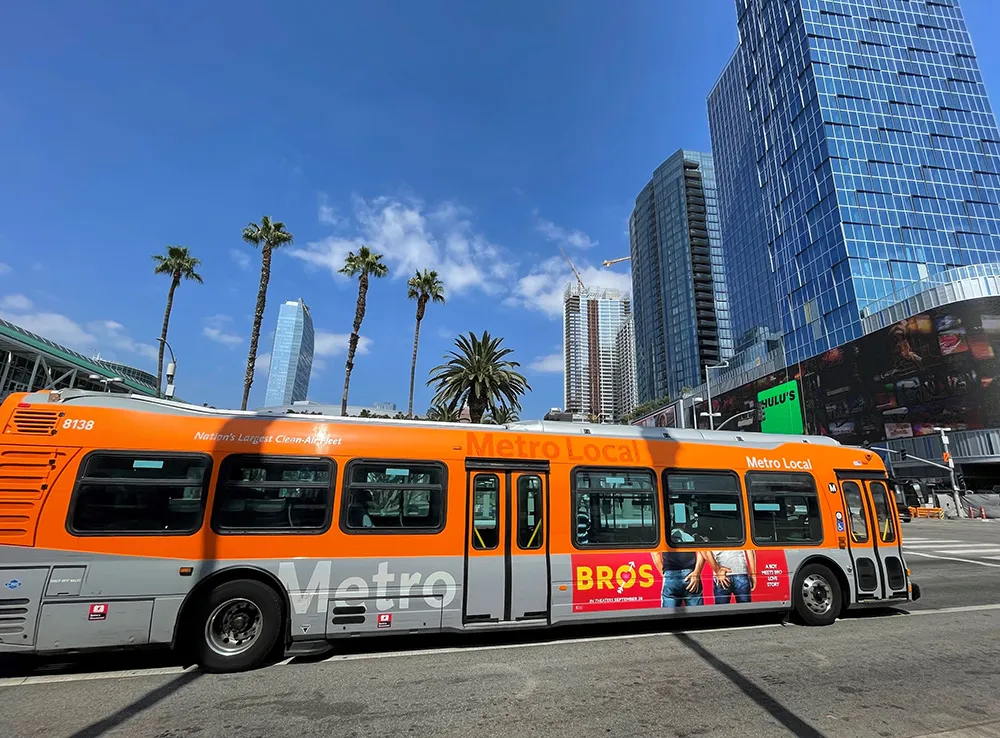In a technology advance it is claimed will ultimately help drivers around the world avoid rush hour traffic jams, IBM Research has developed a new predictive modelling tool that will allow drivers to quickly access personalised travel recommendations to help them avoid congestion, and save time and fuel.
By joining forces, IBM, Caltrans and the Mobile Millennium team within CCIT hope to provide drivers with valuable predictive information on what traffic patterns are likely to look like – even before they leave work or home and get in their vehicles – rather than discover what has already happened and is being reported.
“As the number of cars and drivers in the Bay Area continue to grow, so too has road traffic. However, it’s unrealistic to think we can solve this congestion problem simply by adding more lanes to roadways, so we need to proactively address these problems before they pile up,” said Greg Larson, chief of the office of traffic operations research, Caltrans. “Together with partners like CCIT and IBM we’re driving a new age of science-based, data-centric traffic management that will give commuters the benefit of knowing the fastest, most cost-effective and eco-friendly route to their destination.”
The researchers will leverage a first-of-its-kind learning and predictive analytics tool called the IBM Traffic Prediction Tool (TPT), developed by IBM Research, which continuously analyses congestion data, commuter locations and expected travel start times throughout a metropolitan region that can affect commuters on highways, rail-lines and urban roads. Through this Smarter Traveller Research Initiative, it is claimed that scientists could eventually recommend better ways to get to a destination, including directions to a nearby mass transit station, whether a train is predicted to be on time and whether parking is predicted to be available at the station.
“In order for intelligent transportation systems to be truly effective, travellers need information they can act upon before getting stuck in traffic,” said Stefan Nusser, functional manager, Almaden Services Research, IBM. “By actively capturing and analysing the massive amount of data already being collected, we’re blending the automated learning of travel routes with state-of-the-art traffic prediction of those routes to create useful information that focuses on providing timely, actionable information to the traveller.”








